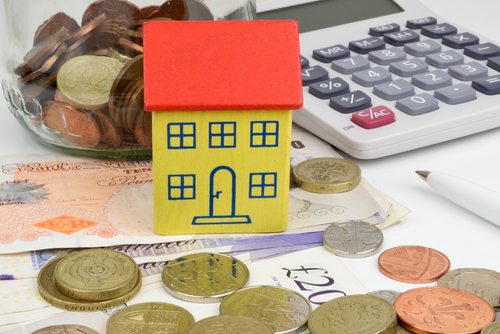The proportion of landlords that intend to leave the buy-to-let market has more than doubled since the government announced its crackdown on the sector nearly two years ago. According to the National Landlords Association, the proportion of existing landlords who intend to sell property in the next year has more than doubled since July 2015 […]
 The proportion of landlords that intend to leave the buy-to-let market has more than doubled since the government announced its crackdown on the sector nearly two years ago.
The proportion of landlords that intend to leave the buy-to-let market has more than doubled since the government announced its crackdown on the sector nearly two years ago.
According to the National Landlords Association, the proportion of existing landlords who intend to sell property in the next year has more than doubled since July 2015 – rising from 7% to 16%.
Last year, the government increased stamp duty on second homes by 3% as part of its plans to curb the buy-to-let market and free up property for first-time buyers.
From April, mortgage interest relief for residential buy-to-let properties is also set to be reduced to the base income tax rate, which is 20%.
Analysis of members’ property transactions by the NLA shows that net growth has fallen by 63% since George Osborne announced the withdrawal of mortgage interest relief in July 2015.
Meanwhile, the proportion of existing landlords looking to buy properties in the coming year has fallen to its lowest ever point at 16%.
The NLA is warning that the private rented sector could contract in size as property sales by existing landlords are set to outstrip purchases by the end of the year, which could lead to rents rising.
Richard Lambert, chief executive officer at the NLA, said: “If the trends keep moving in the same direction, then by 2018 we’ll have more experienced landlords selling than buying, contributing to a net reduction of private rented properties.
“Some new landlords will enter the market to take up the slack, but the progressive removal of mortgage interest from April this year, as well as a 3% stamp duty surcharge on additional property purchases, means it will become increasingly difficult for anyone considering their first steps in the market.
“The headlines will read that a mass exodus of landlords will be a good thing, but the reality is more people now rely on private rented housing than ever before, and absolutely no good can come from fewer homes being available for those who need them most.”
The news comes after recent research by the government revealed home ownership is now at its lowest level in thirty years, whilst the number of people renting has doubled since 2002.
According to the latest English Housing Survey, of the estimated 22.8 million households in England, 14.3 million or 63% are owner occupiers.
The survey, produced by the Department for Communities and Local Government, shows that there were 195,000 fewer households owning a home in 2015/16 compared to 2009/10 – the lowest rate of home ownership since 1985.
The private rented sector has more than doubled since 2002 and now accounts for 4.5 million or 20% of households.
Experts believe that changes to stamp duty and mortgage interest tax relief will push up rents as landlords look to claw back lost income.
Landlords are also likely to pull out of the market, leading to tenants competing for fewer properties and prices rising.
Rents are predicted to rise faster than house prices over the next five years as landlords scale-back their portfolios.
According to The Royal Institution of Chartered Surveyors, rents are set to increase by 25% over the next five years compared to a 20% rise in house prices over the same period.














